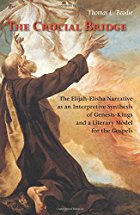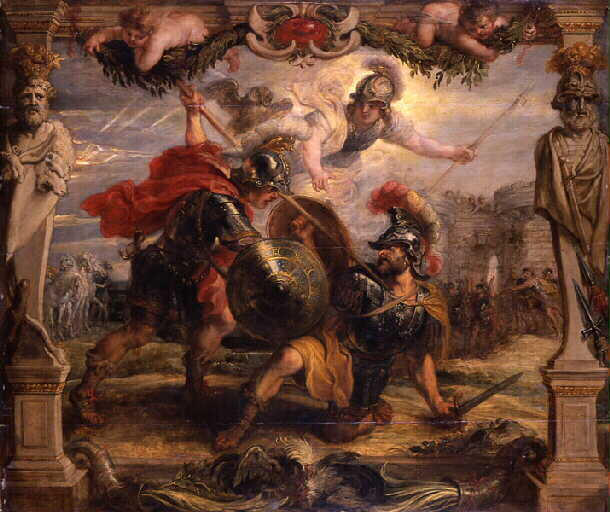It’s not ballet, not rap, not aerobics, not quite marching, maybe a little of each, but it is certainly martial stirring stuff for the audience of Vietnamese military. It took place in the centre of Ho Chi Minh City so the public was also able to share the experience. Unfortunately I could not capture all of the matching film footage behind the singers/”dancers”(?) showing dramatic snippets of army training action, Ho Chi Minh, and other captivating visuals of Vietnam’s historical and moments of special public display moments.
The show concludes with the “Vietnam, Ho Chi Minh” song.
[youtube=http://www.youtube.com/watch?v=dPb0_zZg39o&feature=player_embedded]
Excuse the wobbly bit about a minute into the video when I was attempting to find a better filming position.
Several Vietnamese I met were keen to know what I thought of their country. I had to reply that, like Cambodia which I have also seen a little of, it is clear they had been cruelly ruined and are still struggling to recover from thirty-five years of war for liberation against one occupying power after another. They have a right to feel proud. Met some wonderful people there. After having been robbed in the street on my first night there, it took me a little effort to open up to the friendship and smiles of most of the locals I met. One hawker who makes his living walking the streets with a bamboo pole over his shoulder to carry his wares (cocoanuts) even came up to me to give me a free one as a gesture of good-will. A visitor needs a gesture like that after a very unlucky start.
Related articles
- Hanoi sparkles with fireworks on National Day (lookatvietnam.com)
- Saigon – Ho Chi Minh City’s 300-year History (lookatvietnam.com)
- Arts & Entertainment in Brief 2/9 (lookatvietnam.com)
- Local museum receives 200 items about President Ho Chi Minh (lookatvietnam.com)


 Thomas L. Brodie presents an argument that the Gospel of Mark was in its basic outline, plot and structure based on the Elijah-Elisha narrative in the Old Testament. I am not quite sure what to make of his case at times, but cannot deny its interest. I have no problem accepting that Mark used some of the miracle stories from Elijah and Elisha as templates for his Jesus miracles, but Brodie goes much further than this. His book is
Thomas L. Brodie presents an argument that the Gospel of Mark was in its basic outline, plot and structure based on the Elijah-Elisha narrative in the Old Testament. I am not quite sure what to make of his case at times, but cannot deny its interest. I have no problem accepting that Mark used some of the miracle stories from Elijah and Elisha as templates for his Jesus miracles, but Brodie goes much further than this. His book is 


 Rick has posted another constructive response,
Rick has posted another constructive response, 


